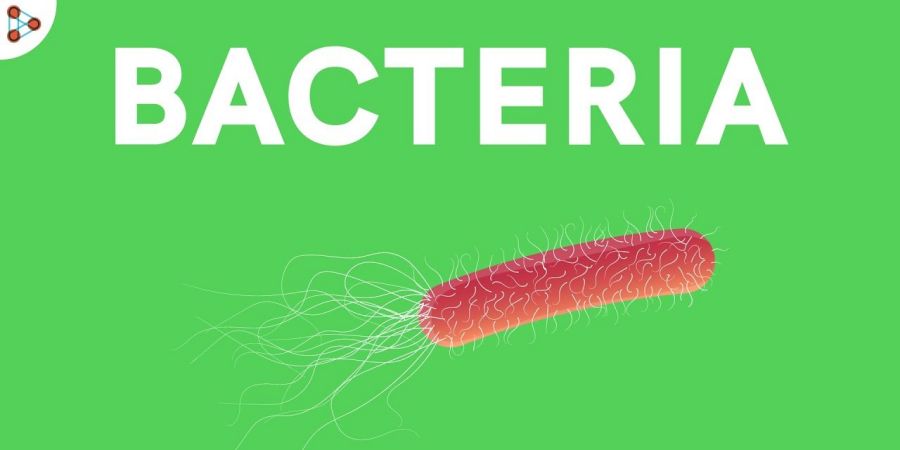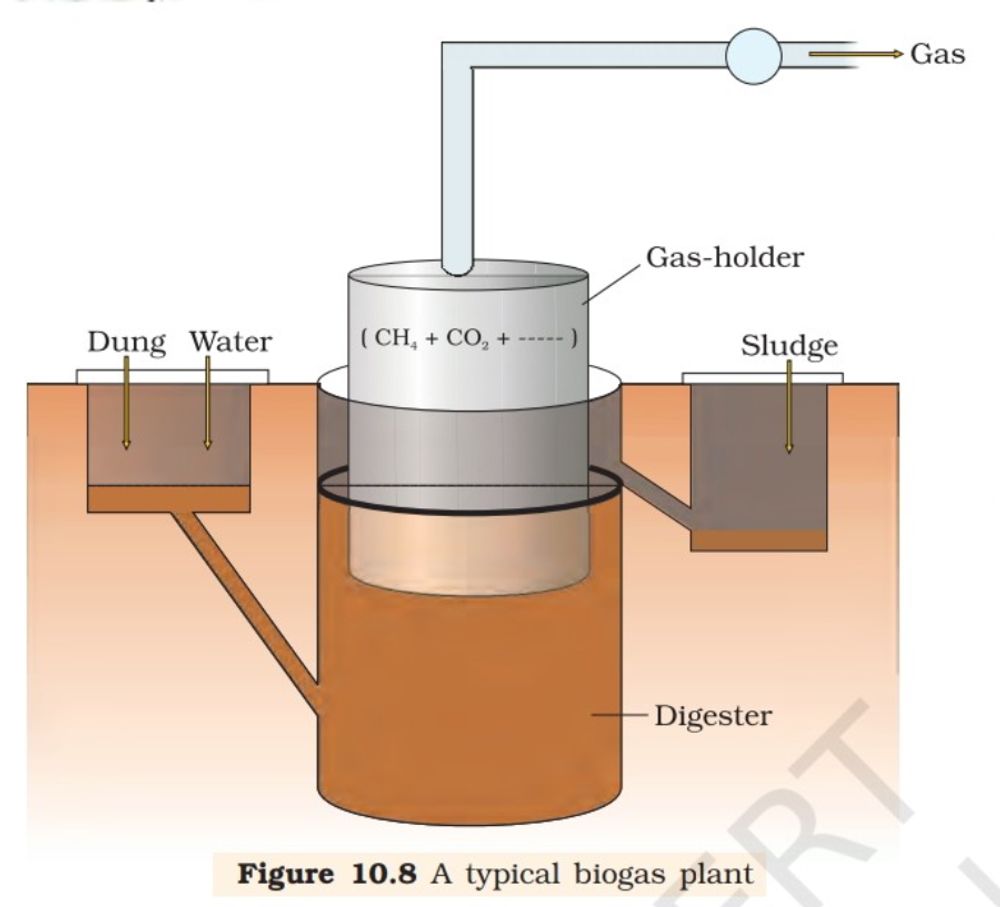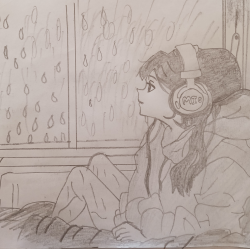


Microbes surrounding humans.
The microbiome is the world of microbes 🦠 within us responsible for our growth, digestion, and also our adaptation to climatic changes and overall functioning of the health of humans. Today I will discuss about some welfare and marvels of microbes. Today we know of about one trillion microbial species on earth taking the soil microbes, microbes on clouds ☁️ giving opportunity to grab more vapour to form bigger mass of floating droplets, microbes on water surface, ponds, microbes in the guts, microbes in the food, like yeast bread or fermented idli dough, or curd, etc. Yet only 1400 of them can cause illness to human beings. The invention of these microbes in the 13th century was a great leap forward in understanding of the functioning of all these systems on earth even the production of antibiotics is also a branch of microbial extracts. Photosynthesis is also a microbial process. The plankton in the ocean also converts CO2 and H2O into carbohydrates and oxygen and emits half of the oxygen humans breathe.
The welfare done by the microbes in many areas of daily lifestyle: 1) In the curd the bacteria lactobacillus produces lactic acid that partly coagulates the milk protein and also increases vitamin B 12 content in the food, they are also considered as healthy bacteria in the guts & checks growth of other unwanted microbes in the digestive system. 2) The bread is baked by the use of the yeast cells, or the saccharomyces cerevisiae bacteria. 3) The south Indian dishes of idli & does or the fermented dough is prepared due to CO2 produced by bacteria. 4) Different cheeses have different taste and textures prepared by different specific microorganisms. 5) Industrially fermented beverages 🍺 are the product of saccharomyces cerevisiae bacteria or the ( brewer's yeast) these have been used since ancient times for alcoholic wines from malted cereals and fruit juices.

Fermentation plant for wines.
6 ) The first antibiotic penicillin discovered from fungus penicillium notatum by Alexander Fleming was used in World War II to treat American soldiers. Howard Florey & Eruent Chain extracted and produced the antibiotic, then all three won Nobel Prizes for the work in 1945. 7) The streptococcus bacteria produce an enzyme called streptokinase which is genetically modified for use as clot-busters for removing clots from blood vessels. 8) The Rhizobium bacteria is found in the root nodules of leguminous plants that fixes nitrogen from atmosphere to the pulse grains and also helps to increase nitrogen content in the soil. 9) Use of fungi, bacteria and cyanobacteria which are the main constituents of biofertilizers and whose use have been highly recommended by UN, and which reduces the harmful effects of chemical fertilizers are brought to use nowadays after the Save Soil programme of our beloved Sadhguru Ji.
Microbes are able to withstand and recover and grow to new models from difficult conditions, given an optimum amount of time for it's transformation. When plants, creatures or plankton dies in seas microbes recycle all these nutrients and carbon forms and make them ready for new life forms. They also release oxygen on the process.Microbes have an immense amount of metabolic and genetic power for them to adapt quickly to fast climatic changes. This adaptation power is similar to certain properties of higher intelligence, though not quite similar to that of human brains 🧠. Yet, there is an ability to adapt to the position of higher acclimatization as found in the case of advanced intellect in higher creatures.
Finally to mention the sewage treatment where heterotrophic microbes are used which are already present in the sewage water. The final output is biogas, activated sludge formation, and huge effluent which is released in the rivers and does not pollute the river at the same time.

A general view of a sewage treatment plant.

A layout of a typical biogas plant.

Secondary treatment going on in a sewage treatment plant.
This way my compilation of microbial colony of activities as known today are brought to you, hope to see more in the next, Subir Kumar Ghosh.






